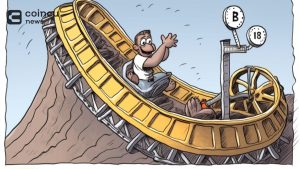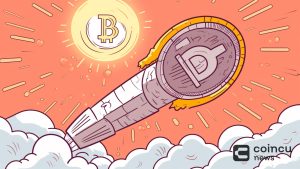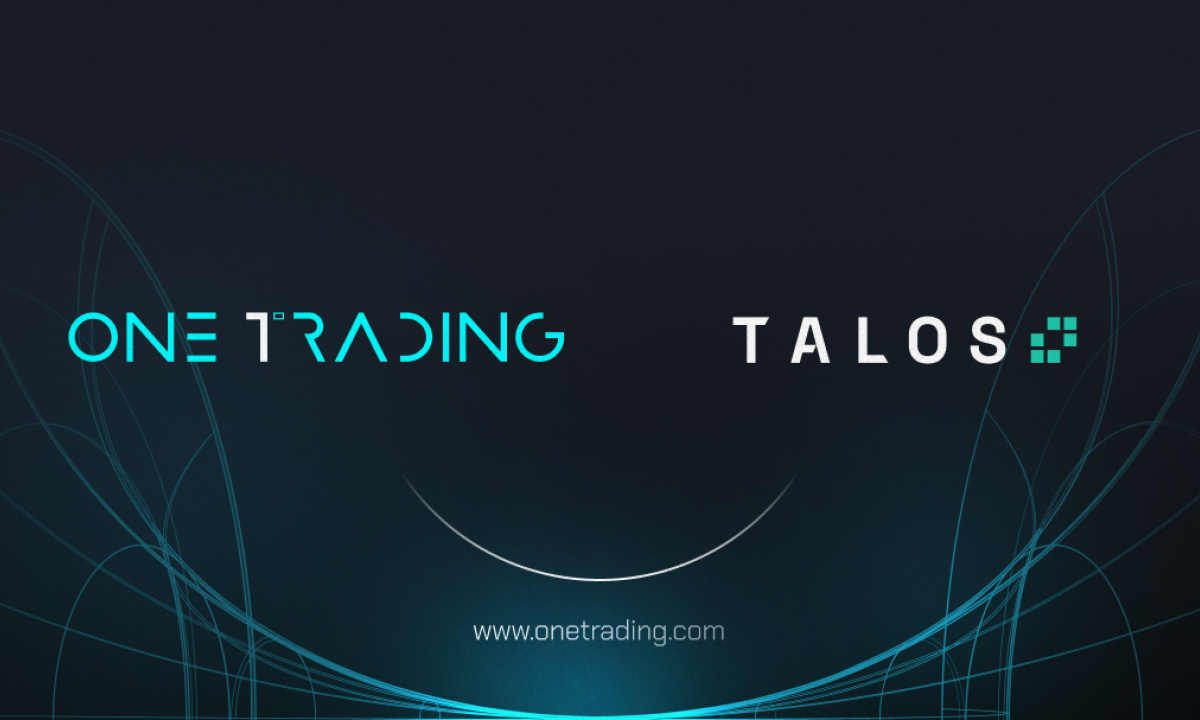7 lessons from building and scaling bitcoin mining
It all started with mining Bitcoin (BTC) in a dormitory. What started as a hobby with a few mining rigs has grown into twenty industrial mining farms around the globe. When we scaled our operations into a new industry, we had to try and error to find out what worked and what didn’t – because there is no manual for that.
Building a multi-site operation like ours isn’t easy, but if you’re looking to start your mining operation, scale your inventory, or invest in a mining operation, here are the top seven lessons we learned to help you navigate your next Steps.
Related: How To Mine Bitcoin: A Beginners Guide To Mining BTC
Lesson 1: It takes (a lot) money to make money
There was a time when you could mine bitcoin from a laptop or set up some mining rigs in your room and mine it profitably. But once again, miners are creating more competition and those who want to remain profitable have to scale their operations.
It wasn’t long before a hobby miner couldn’t keep up with mining in his dorm room, but needed a warehouse – or warehouses – with mining equipment working day and night to stay profitable. We are scaling with the industry and driving our growth, but if you want to get involved today, you no longer have the opportunity to start at the bottom and work your way up. First and foremost, this means investing in capital-intensive projects.

Lesson 2: Building a Lasting Relationship
While the bitcoin mining industry is growing rapidly, it is still strong and few key players are in power. For example, a large-scale mining company cannot simply order new hardware from any supplier.
There are currently only a handful of hardware vendors whose production cycles are based solely on a handful of chip manufacturers who strictly control supply – not to mention we currently have a global chip shortage. This means that success depends not only on effective processes and good governance, but also on building industry relationships, many of which will be long-lasting.
Lesson 3: Obsessing About Performance
Speaking of operational efficiency, great miners are always profitable when they have an advantage over their competitors. This means optimized performance, state-of-the-art hardware and no downtime or crashes that could lead to a loss of computing power.
Prioritize operational efficiency. For example, when Bitcoin fell below $ 4,000 in March 2020, many miners couldn’t survive the uncertainty and volatility and were displaced – but we survived through the efficiency results of its activities.
Lesson 4: never stop innovating
The saying goes “innovate or die”. In Bitcoin mining, where data centers have to work hard and fast to remain profitable, there is no choice but to keep innovating. Most importantly, you keep your device up to date and not let it become obsolete. Mining operations need to plan ahead for equipment replacement and the exact time to replace the equipment as the hardware can be behind for a while. Remember, any type of downtime will cost you.
Innovation also means creating better and more efficient opportunities for your company, e.g. B. Develop software programs specifically designed for mining management. In this industry, technology gives you a head start, and even the smallest improvements put you ahead of the competition.
Lesson 5: Choose Your Location Carefully
“Location, location, location,” they said. While Bitcoin can be mined anywhere, large mining operations must consider their location when setting up a shop for a number of reasons. Not all locations offer the same sources of electricity for the same price, so miners need to find locations that not only have abundant, cheap electricity, but also ensure that it is a green and sustainable source of electricity.
Related: Clean air: Bitcoin from renewable sources could secure a clean energy future
Finally, visit a place that encourages bitcoin miners, where you know the political wind won’t change overnight and all activity will cease, just like recently in China and Iran.

Lesson 6: time is money
I’ve said it before, but time is really money, and any downtime or latency in terms of computing power can be costly. This means excellent operational control over hardware upgrades, maintenance schedules for mining rigs, and software that can effectively manage operations. It also meant getting creative: in 2015, we knew that waiting months for deliveries of mining hardware would reduce our sales. So we rented 747s to get them to us faster, which allowed us to generate millions of extra revenue that would otherwise have been lost with standard shipping.
These are calculated movements that you not only need to be ready for, but also have enough knowledge of your operations to be able to perform them.
Lesson 7: yardstick is everything
In the end, yardstick is everything. I have already said that you can no longer start at the bottom and work your way up. Instead, it’s about being as big as possible because scaling correlates directly with sales: the bigger you are, the more profit you make.
Build forward
The term “bigger, better, faster” actually applies to Bitcoin mining. So if you are unwilling to strategize, invest time and money, solve problems, and take risks, then another industry might be for you.
There are many more lessons that we have learned and many more that we will learn in the years to come. Today we will continue to build on this new industry that has created a future of decentralized currencies and new ways of exchanging values around the world.
Marco Strictly is CEO and co-founder of the Genesis Group and Genesis Mining – one of the largest cryptocurrency mining companies in the world. Before co-founding Genesis in 2013 and becoming an ardent advocate of blockchain technology and cryptocurrencies, Marco studied mathematics at the Ludwig Maximilians University of Munich.
Follow the Youtube Channel | Subscribe to telegram channel | Follow the Facebook page















